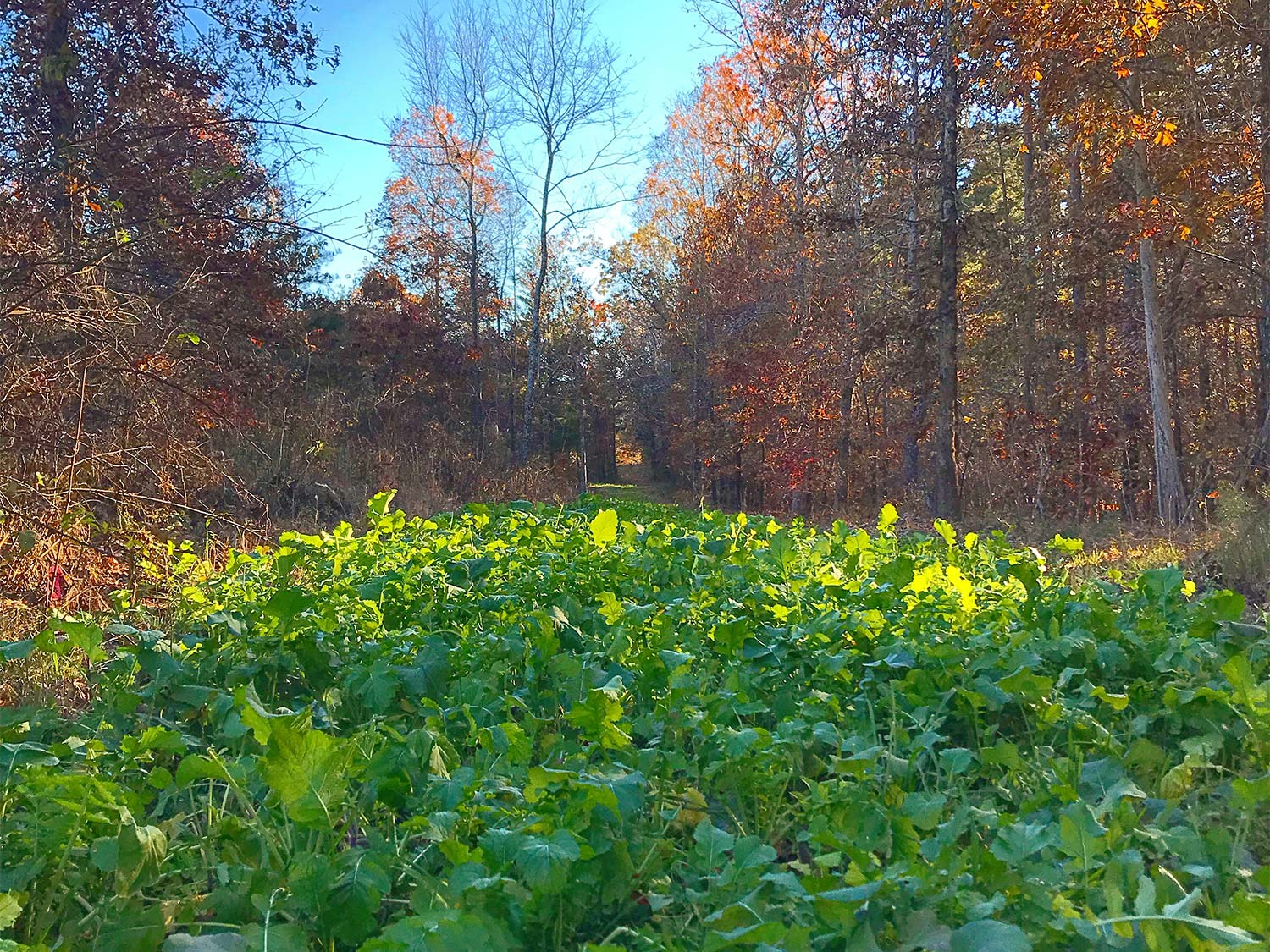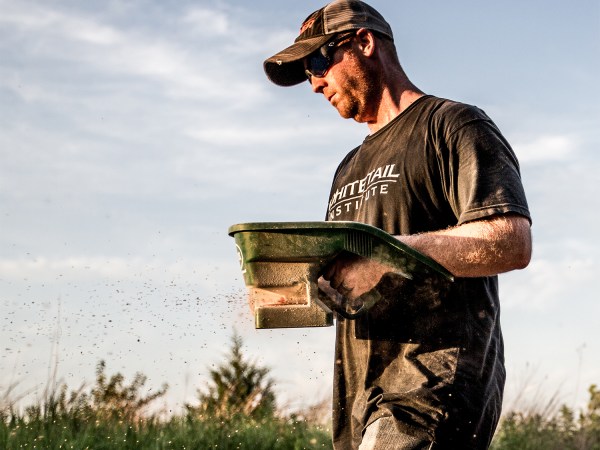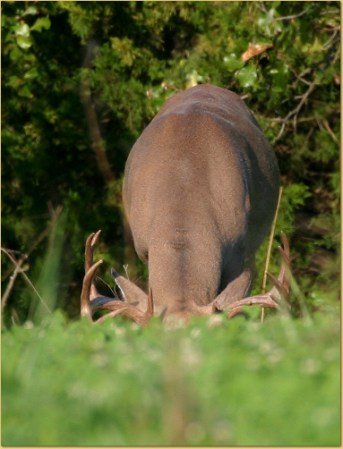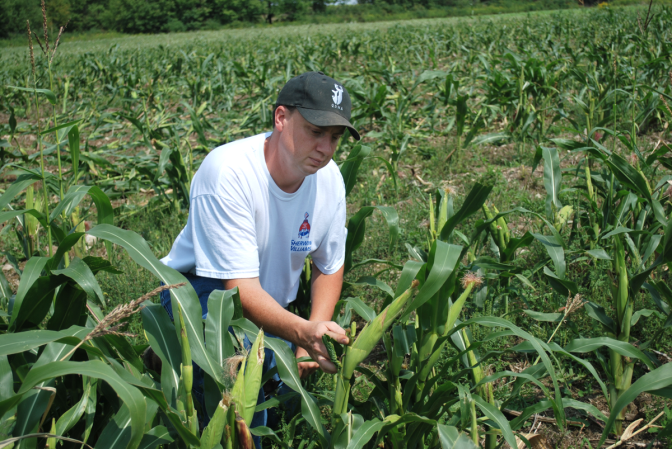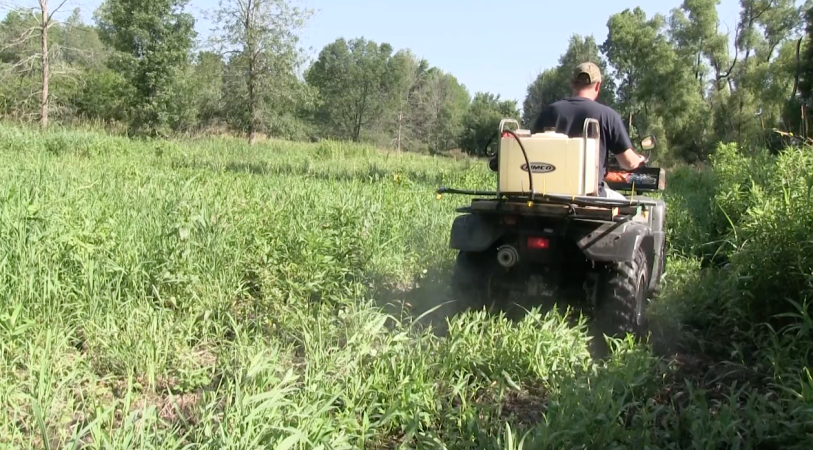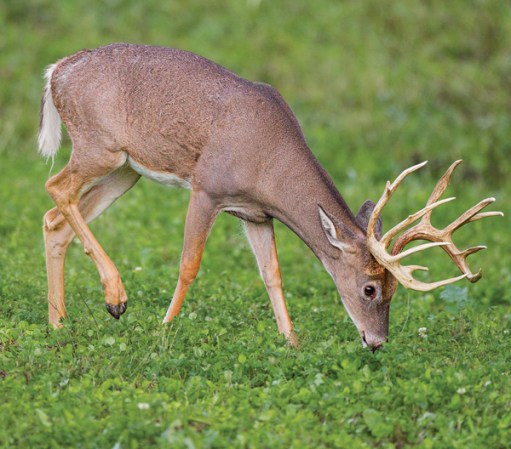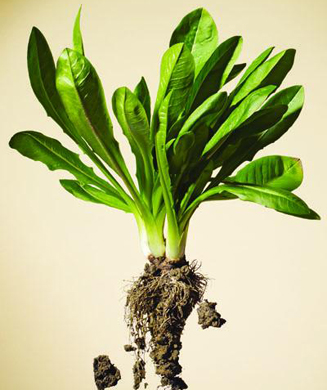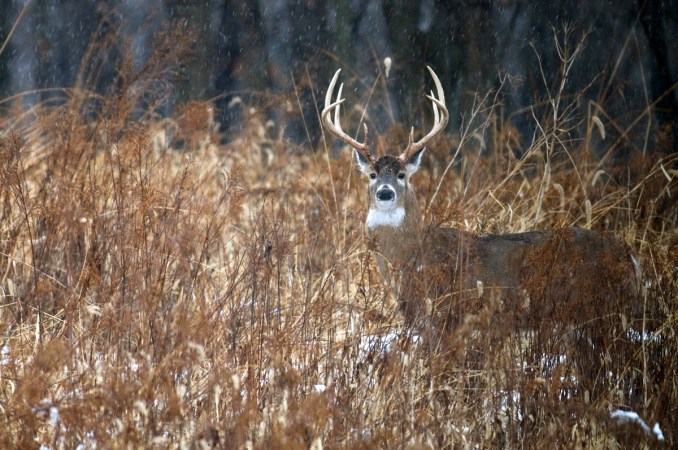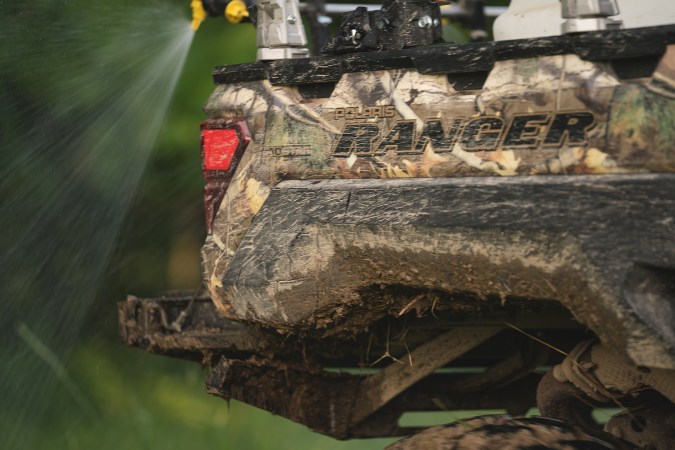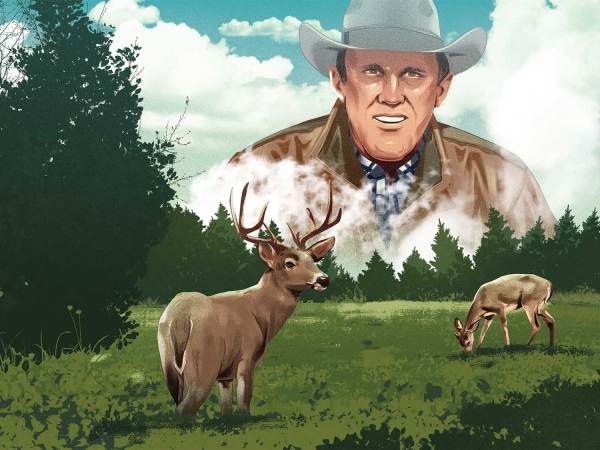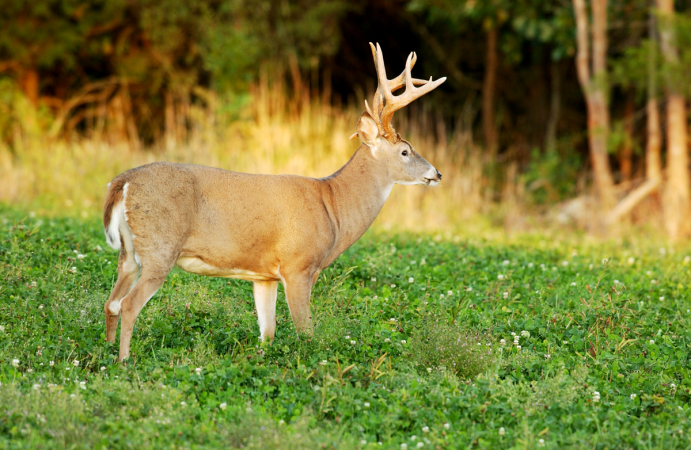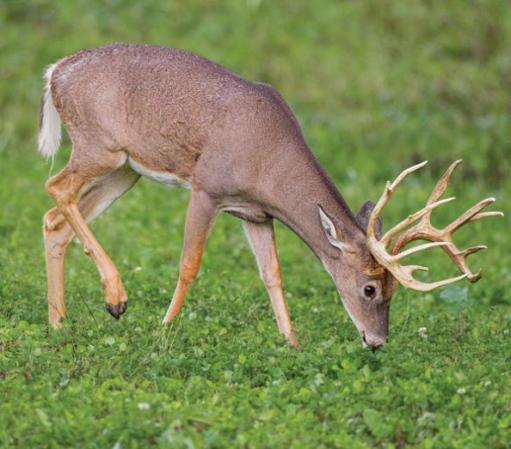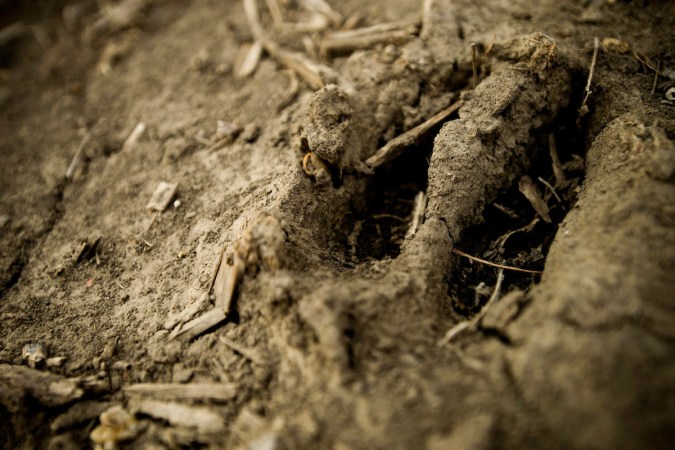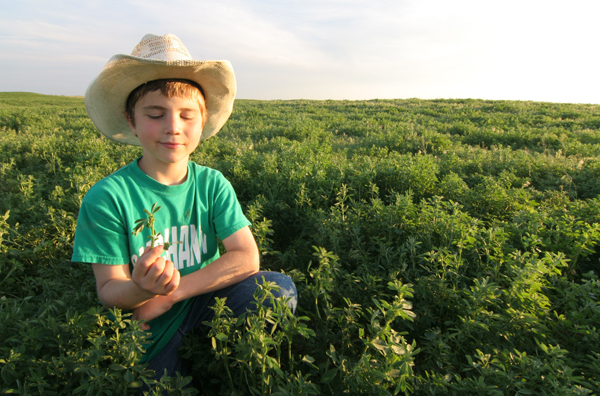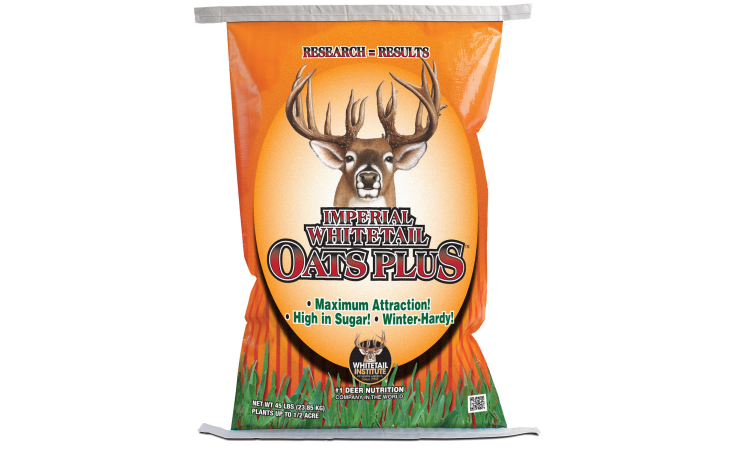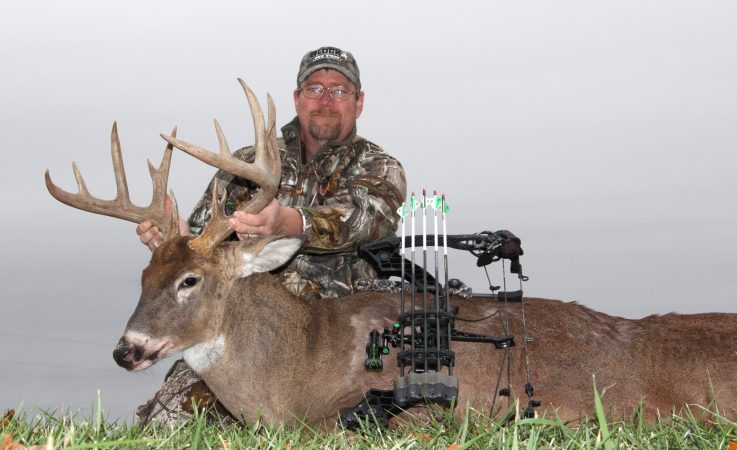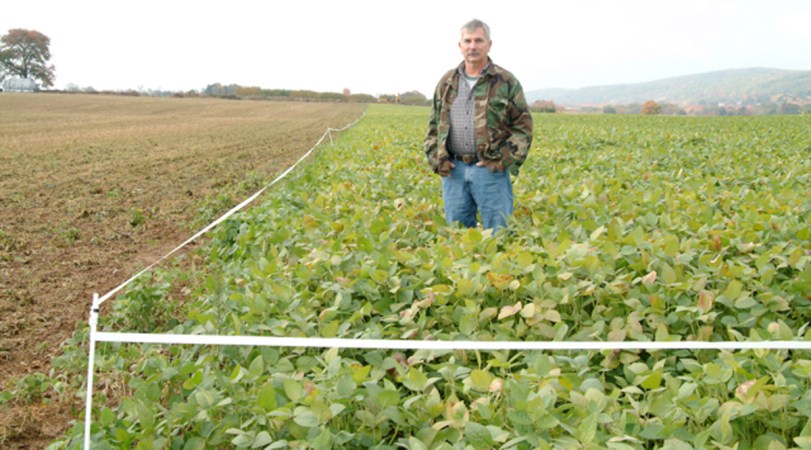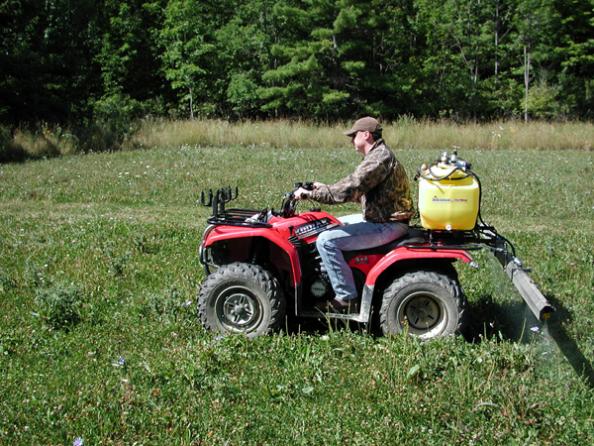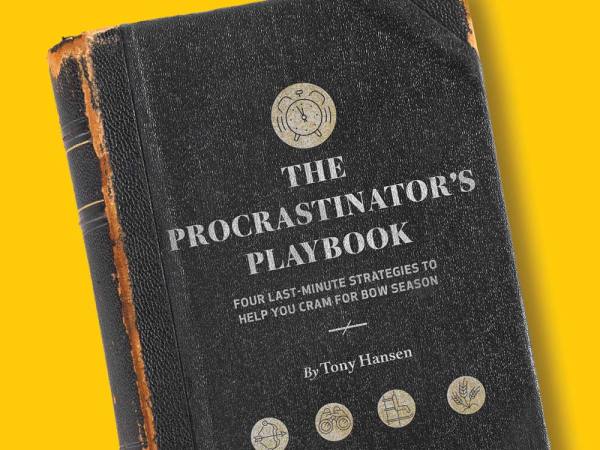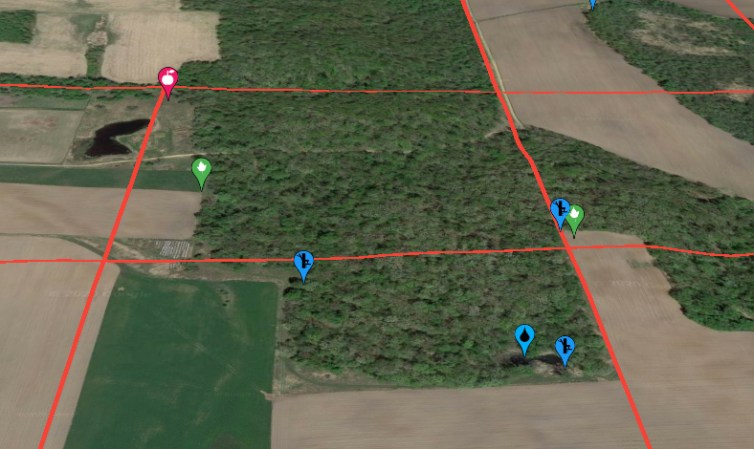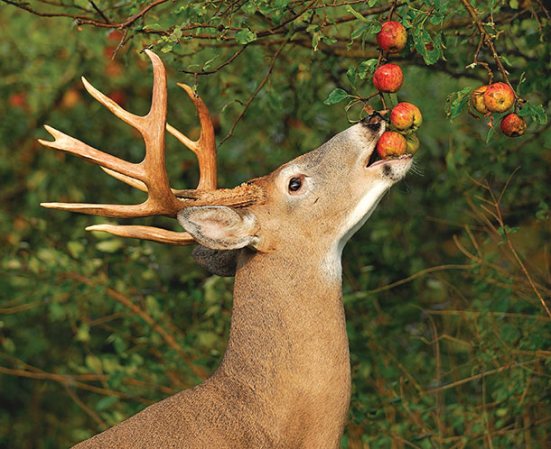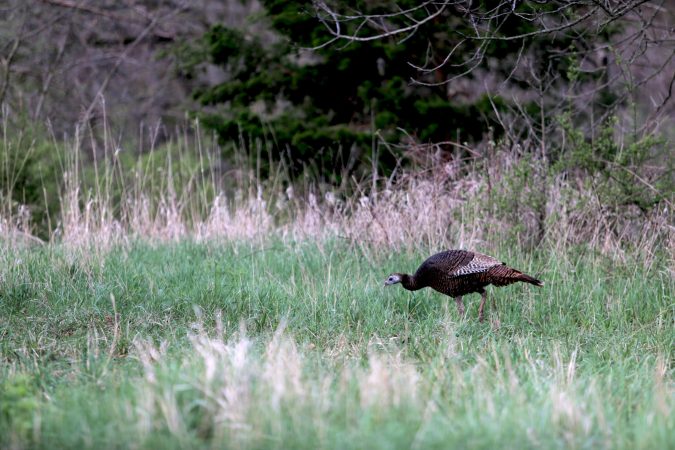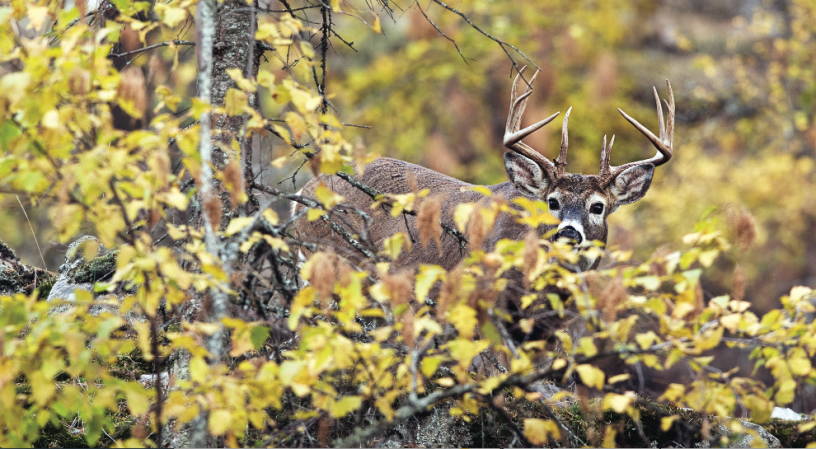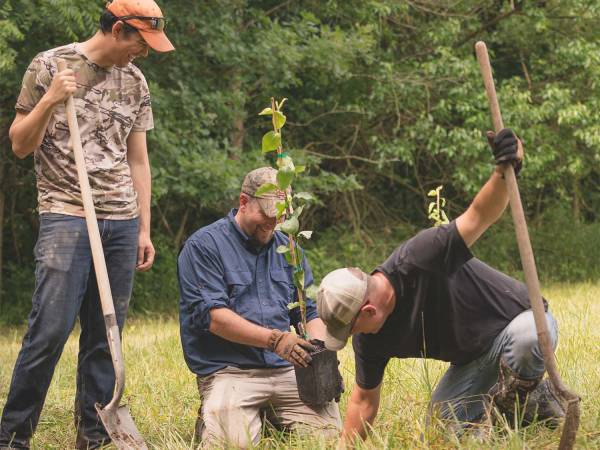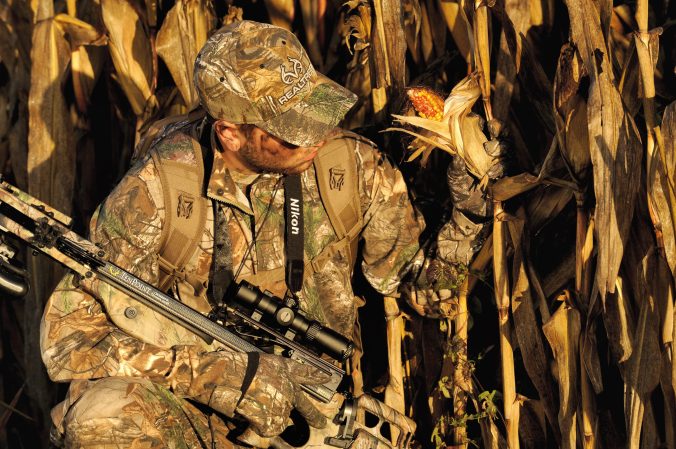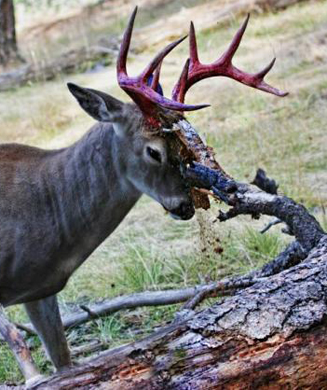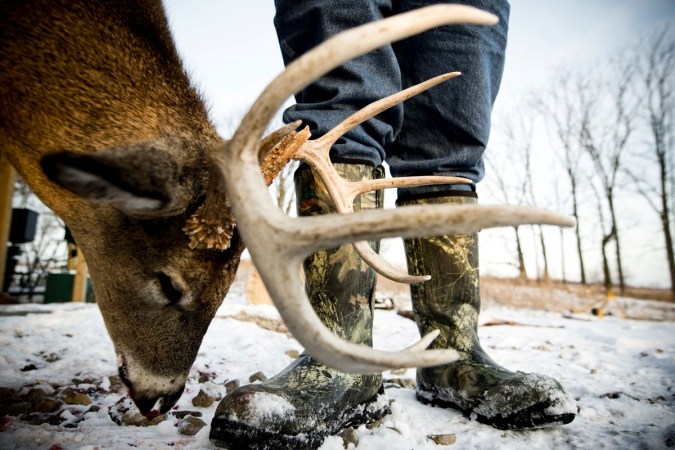Bobby Cole is an expert at growing food plots and works at Mossy Oak BioLogic. He loves seeing people have success with their own plots. We recently caught up with Cole to ask him 11 critical questions about growing a successful whitetail food source.
1. Outdoor Life: What steps do I need to take to establish a new food plot and what’s best to plant in the first year?
Bobby Cole: When establishing a new food plot, after you clean the area out thoroughly, I would strongly suggest taking a soil sample. This will tell you exactly what’s needed to make the soil perform for you. It will provide your pH and fertility levels. Some of the best tests make available precise recommendations according to the plot you hope to plant. These tests are typically under $10 and a bargain. I try and clean my plots up as best I can and if it’s in a wooded area, I definitely want to open up the area as much as possible to allow sunlight in. New food plots are fun, they are full of promise and hope. But the soil generally needs some help in the form of lime and fertilizers.
2. OL: What’s the best way(s) to quickly increase the quality of my food plot soil?
BC: As I said, soil tests are critical in order to let you know how much lime and fertilizer you will need to raise the nutrient levels of your soil. There is also a product called Soil Solution from Deltag that I love to apply to new food plots which also helps soil health. I really believe in this product.
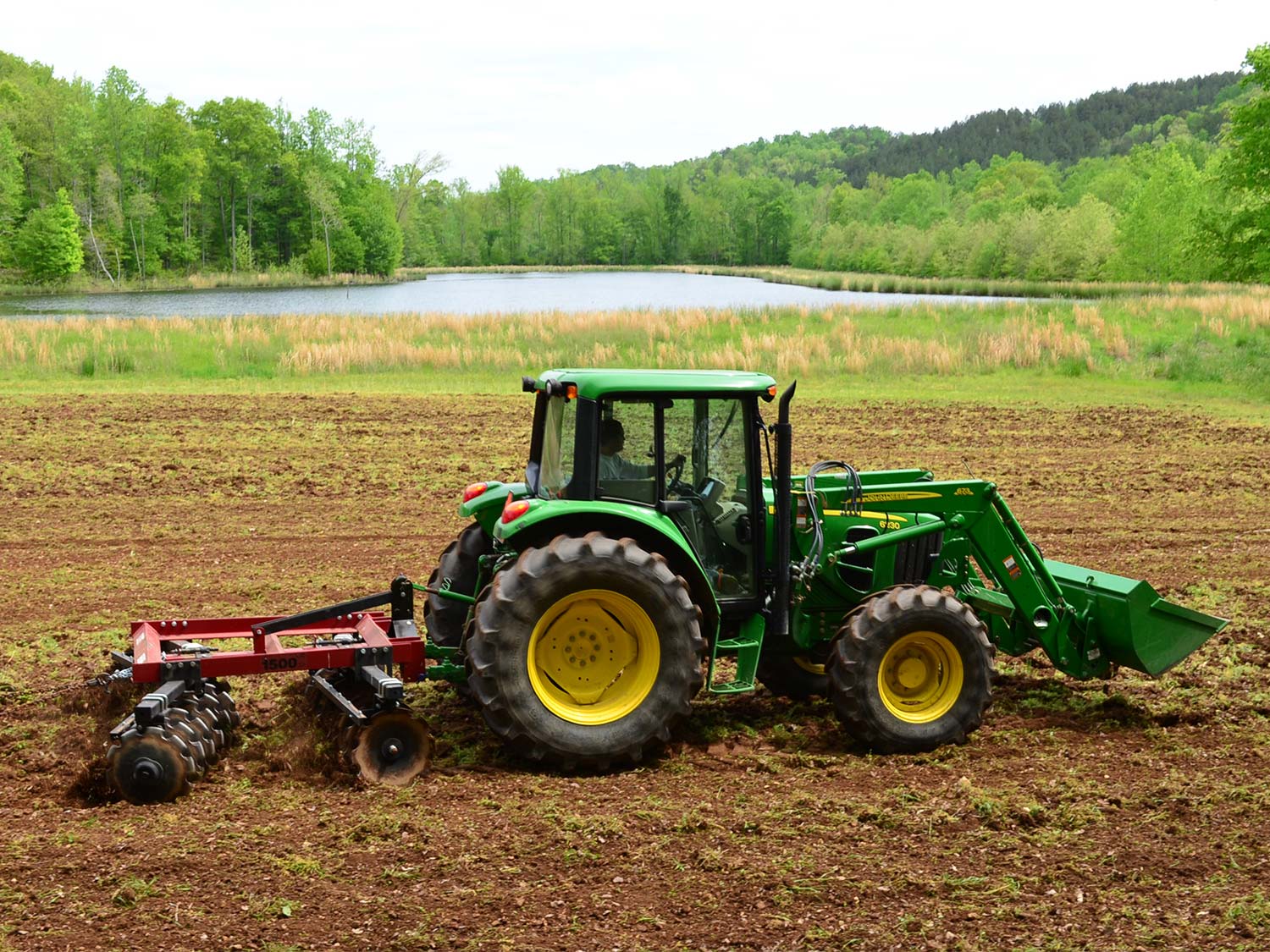
3. OL: Annuals or perennials? How do I judge what is best to plant?
BC: So, annuals know they only have a short life span and will produce as much forage as possible in a six to seven-month window. This is perfect for hunting plots. The key to annuals is timing. In the deep South we plant in September. In Missouri its mid-August, and in Minnesota it late July. So hopefully you can align your location with these states, determine a planting date, watch and get in front of a rain event, and plant an annual. It will be up growing and attracting deer in 10 to 14 days. BioLogic blends like Maximum really explode before frosts. Now with that said, I love some perennials and when I say perennials I am mostly meaning clovers. I love clovers. In the South we plant in late September and in the North you plant in the spring or even frost seed.
We have two clover blends that in my mind are the finest clovers you can buy—Clover Plus and Non Typical clover. I would suggest putting 30 percent of my plots in clover. It’s almost a year-round food source and we see plots last four to seven years. When you do the math that’s a value. Clover will need some annual maintenance like mowing and spraying for weeds, but it will respond to some TLC and the wildlife will love it. Soil test and fertilize specifically for clovers.
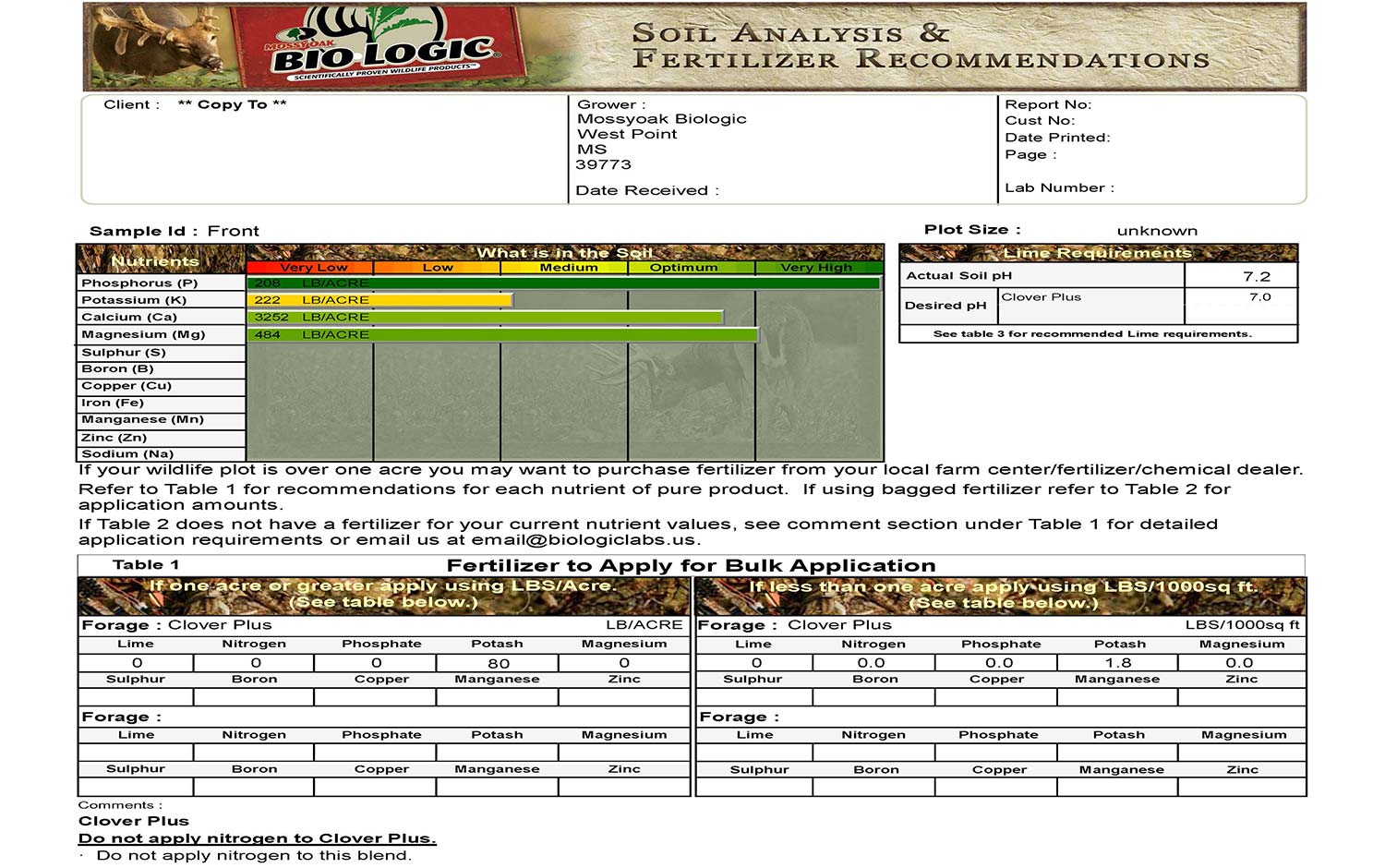
4. OL: Is there a recommended plot/blend to plant that will generally attract more wildlife?
BC: I like blends to attract the most wildlife. At BioLogic, we have a blend called Perfect Plot. I think it’s the best. It’s not cheap, it’s like $60 an acre but you have to remember, seed is really the cheapest part of the plot when you think about fuel, tractors, fertilizer, and lime. Don’t skimp on cheap seed. You will regret it. Perfect Plot has a lot of perennial ingredients that the deer love so much you have to plant it like an annual.
Read Next: Why Food Plots are More Important Now than Ever
5. OL: What’s the biggest mistake first-time food plotters make?
BC: That’s easy—they use too much seed in the plot. They think if 20 pounds is good, 40 will be even better, which is simply not true. If you have too many plants per square foot, they will stress competing for moisture and nutrients. Measure the plot, know the size and plant the right amount of seed for the square footage.
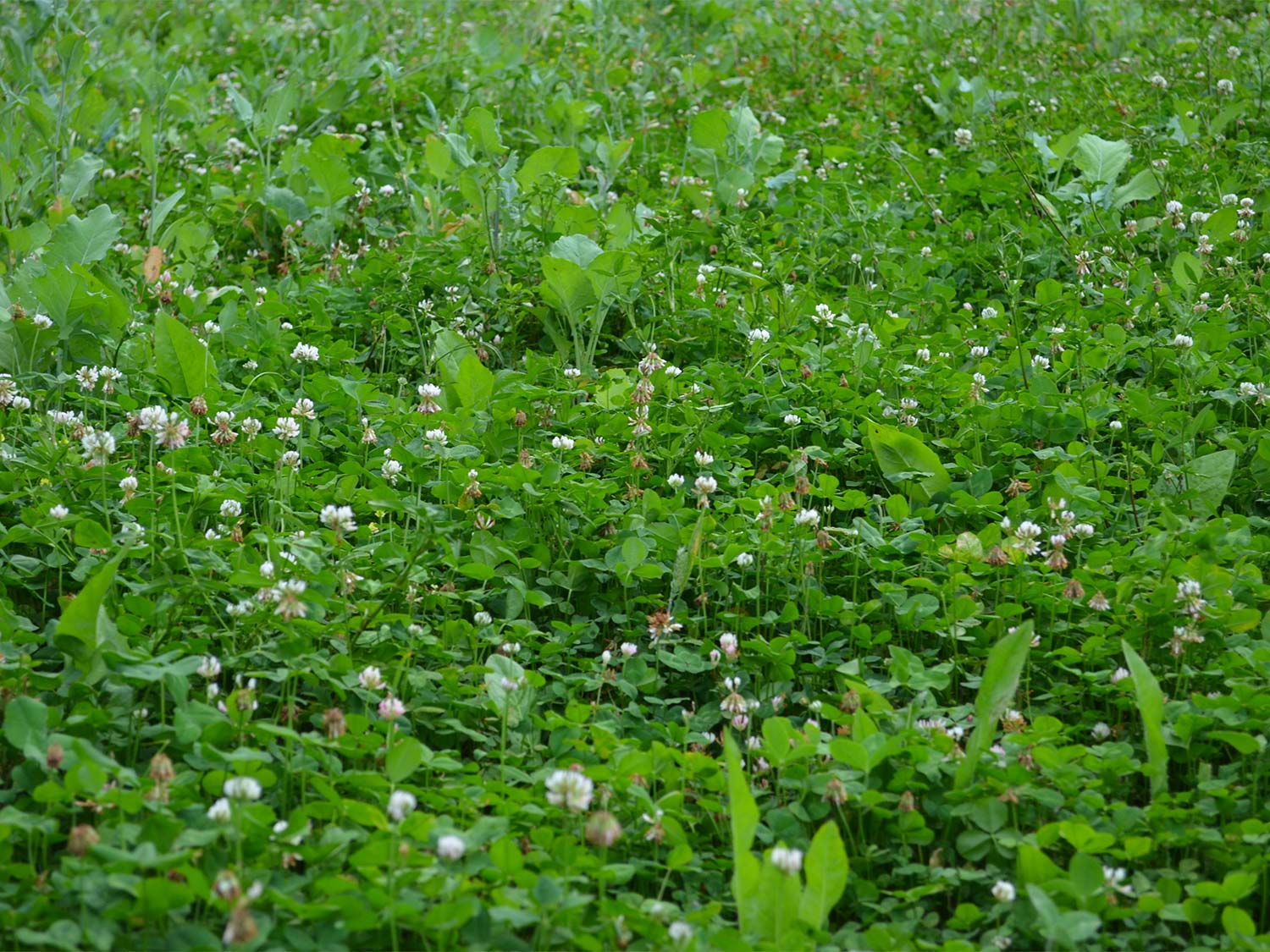
6. OL: Mossy Oak BioLogic initiated the brassica craze. What’s so good about them and why should I consider planting them?
BC: Brassicas are the perfect deer browse. Your readers have probably seen the fields that the Drury’s grow. They are the best. These big broad-leafed plants, if sown correctly, can grow 10 tons of forage per acre. They are extremely nutritious and that makes them highly attractive. You will truly pull deer from miles around. By overwhelming your deer with good groceries, you’ll make them stay close while you’re improving the health of your deer herd. These plants are the best at pulling nutrients out of the soil and making them readily available for the deer to digest. It’s critical that after each planting, you test your soil before planting again the next year and add back the minerals through fertilizer that your soil needs. It’s easy and simple and makes a huge difference. You have to behave like a farmer and take care of the soil.
7. OL: What’s the best way to control weeds in my plots?
BC: Spraying for sure. Weeds are typically just a problem in the spring and summer, but you can spray to control them. Chapin Outfitters makes some really nice affordable spraying equipment for any budget.
8. OL: Spring plots? Fall plots? Or both? How do I know which I should plant? Does it depend on the region in which I hunt?
BC: I think you should plant both. Always keep something growing in your plot to keep the deer conditioned to feeding in the area. We love Protein Peas and Soybeans as spring annuals. They play a big part of our summer nutrition but clover is also a big part. I think diversity is important.
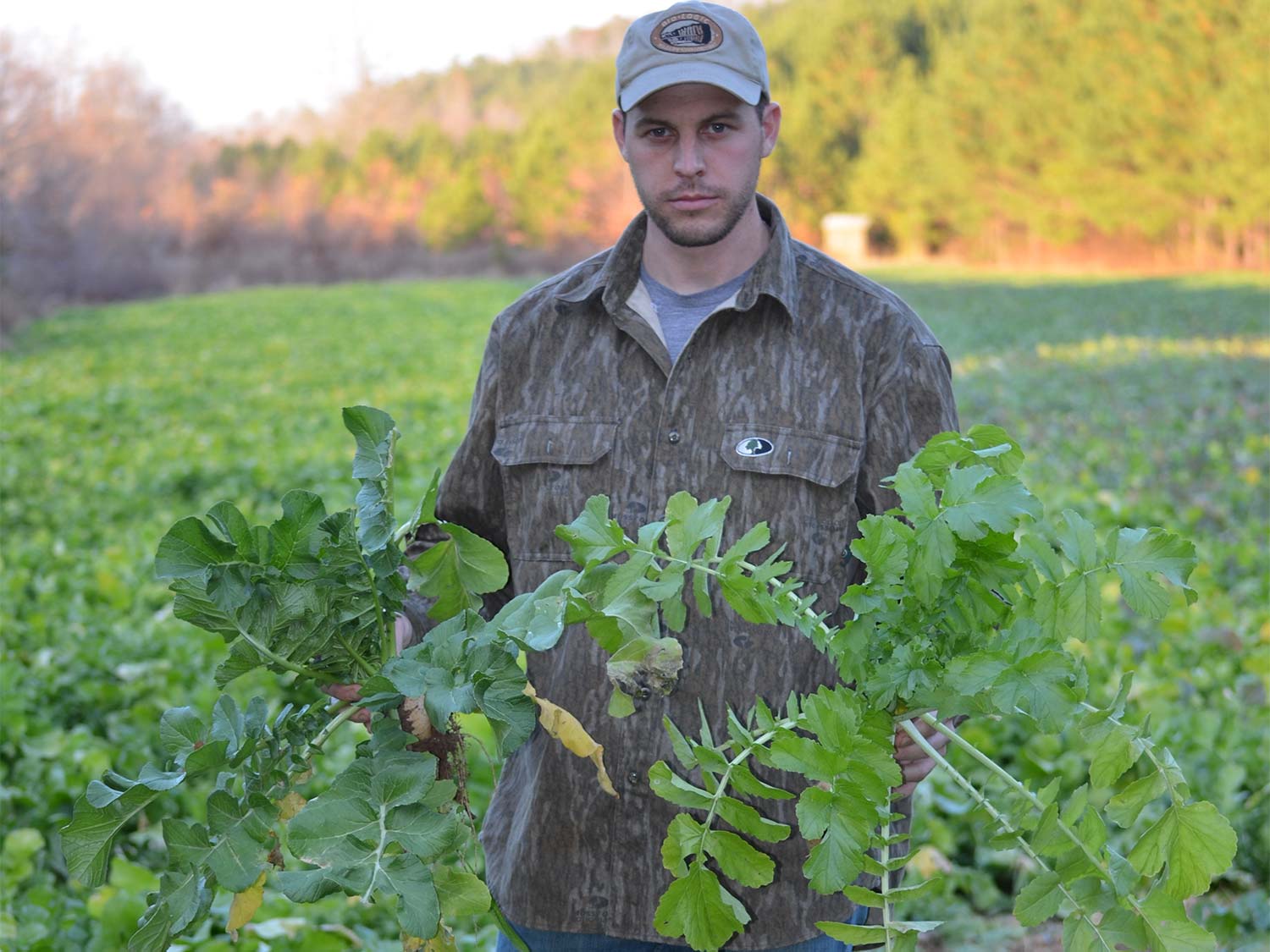
9. OL: If your deer season runs into winter, is there anything that I should consider planting that will stay green after the cold weather hits?
BC: All of our late summer/fall planted blends will stay green through cold weather. However, some produce better forage for the coldest days. Our Winter Bulbs and Final Forage are designed to continue feeding your deer herd through the deepest part of winter. As a gamekeeper I am really proud of these blends and what they do for a deer herd.
Read Next: How to Keep Deer Out of Your Food Plots During Pre-Season
10. OL: Cheaper/generic food plot blends are often available from seed supply stores. What’s the difference in the seed?
BC: There are cheaper varieties available, but they are vastly different. Be careful you don’t get garden varieties. Lots of places try and sell garden varieties because they do look similar. But that’s where the similarity ends. You want forage varieties. That’s all BioLogic uses. Forage varieties are designed to be browsed, they provide palatable nutrition, and are bred to withstand cold weather. Don’t try and save a few dollars…you will literally cost yourself a few bucks.
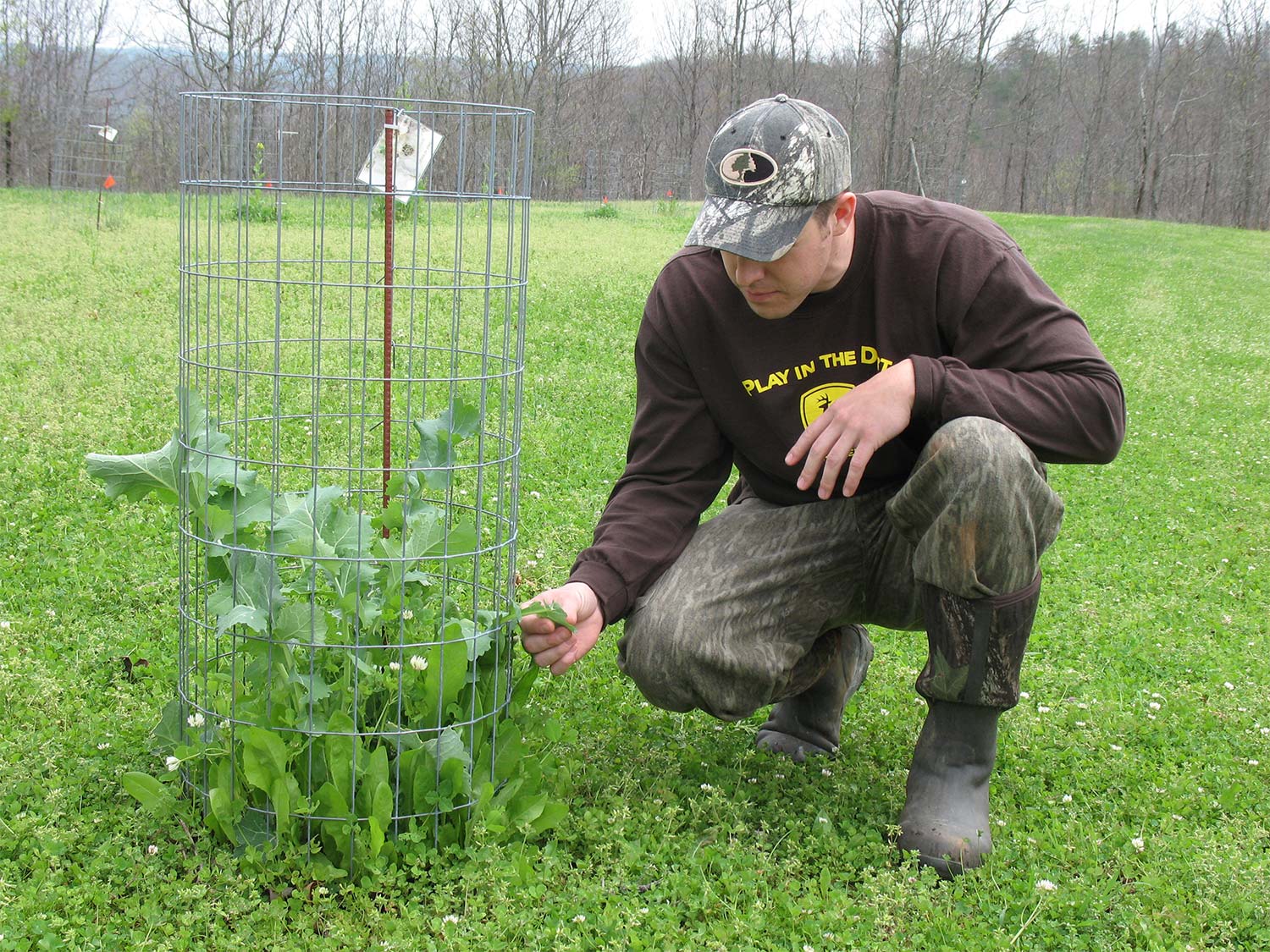
11. OL: How long will leftover seed last? Is there anyway to store it properly from one season to the next?
BC: Store it in a dry cool area like a basement or garage. Depending on the seed, it should easily save for the next season. Keeping it dry is the key. The next year, do a wet towel test to determine its viability. Drop 10 to 20 in a row on a wet towel and put it in a window that’s gets sunshine. Keep the towel damp and check on it every few days and you will be able to determine if its good seed. You will see it trying to sprout. Clovers and brassicas can last several years—they have tough hard shells. Wheat and oats are viable for about two years, soybeans maybe two years, corn several years. It’s all a bit different. But yes you can save it one year for sure.
